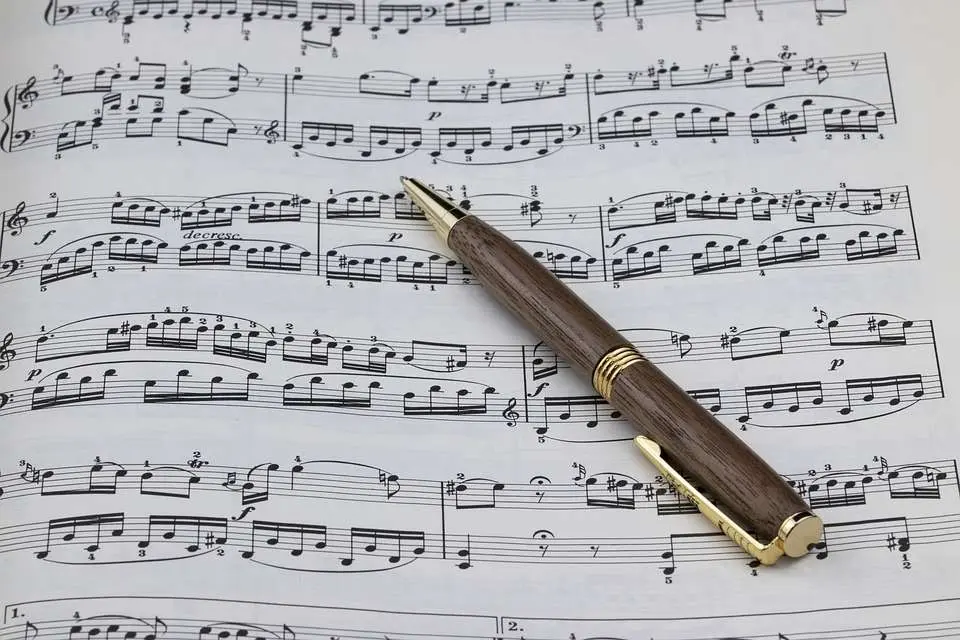
Reharmonization of the piece

Harmony … There can be many definitions, but in simple terms, they are consonant with an aesthetic sense. As we know, this sense is heard differently by different people. Harmony is therefore a speculation. For some, a given consonance will make sense, for others it will be pointless. Some will like it, others will not. If we arrange several chords next to each other, we are dealing with the so-called harmonic sequence, i.e. with consecutive chords. There are harmonic sequences that have reached the name of a term over the centuries.
Here are some examples of popular terms:
1. Grand and perfect term of office
F-G-C
2. The term of office is small, perfect
G-C
3. The deceptive tenure
G-Am
4. The plagiarism (church) term
F-C
This is all the information you’ll likely find in any “harmony” or “music theory” book.
However, I would like to touch on the topic of re-harmonization, which is the next step after learning the basics of harmony. Reharmonization is a change of the chord sequence in a piece. This is a very common procedure when we want to play a piece, but the original version is already so hackneyed, boring, predictable and repetitive for us that “we could use something to change”. Then the reharmonization procedure comes to our aid. Of course, the question is how to do this? After all, despite the change of chords, the melody must remain intact anyway. I think you would be very surprised to hear the re-harmonized songs where only the chords changed. As I wrote earlier – harmony is speculation, so we can do what we want, of course, while maintaining the aesthetic assumptions we impose on ourselves. For example, you can play “Wlazł kitten on gossip” in a minor key, thereby changing the melody, but I think that instead of getting a “new harmony song”, each child after something like this, would rather have a problem with falling asleep (and who knows, with what else) :). It all depends on the goal of this re-harmonization. If we want to shock the listener, we can go to extreme steps, try to arrange the harmonic waveform so that it is still surprising and unpredictable. However, if we like the original and we only need a few changes, small “cosmetic” changes, then we have to be careful! ATTENTION – IT IS ADDICTIVE 😉
Exemplary reharmonization of “wlazł kitten”:
1. Original (the one I remember from my childhood :))

2. Minor version

3. Shock therapy

4. Minor changes to refresh the old version

For readers of interesting specific examples of songs, I recommend a recently very interesting item, with re-harmonized songs. These are youtube recordings and the Loopified album by Dirty Loops. At times the changes are minor, but sometimes I have the impression that they have gone too far and it is even impossible to listen to the harmonies they have introduced to the well-known songs. However, everyone has a different perception, he understands and perceives music differently, has a greater or lesser tolerance for – let’s call it – “non-classical” solutions.





